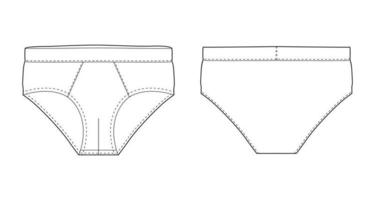Comfort features in garments are crucial aspects that enhance wearability, fit, and overall satisfaction for the wearer. Here are key comfort features commonly incorporated into clothing:
Fabric Selection
Natural Fibers: Fabrics like cotton, linen, and wool are breathable and comfortable, ideal for everyday wear.
Moisture Wicking: Synthetic fabrics like polyester and nylon draw moisture away from the skin, keeping the wearer dry and comfortable.
Stretch Fabrics: Spandex or elastane blends provide flexibility and ease of movement, enhancing comfort in fitted garments.
Design Elements
Seam Placement: Flat seams or strategically placed seams minimize friction and irritation against the skin.
Gussets: Inserts in the crotch or underarms reduce stress on seams and improve range of motion.
Ergonomic Stitching: Overlapping or flatlock stitching prevents chafing and enhances durability.
Fit and Cut
Contoured Fit: Tailored cuts that follow the body's natural shape without being restrictive.
Adjustable Features: Elastic waistbands, drawstrings, or adjustable straps allow for a personalized fit.
Roomy Silhouettes: Relaxed fits and generous sizing provide freedom of movement and comfort.
Construction Techniques
Soft Finishes: Garment washing or enzyme treatments soften fabrics, improving comfort against the skin.
Tagless Design: Printed or heat-transferred labels replace traditional tags to prevent itching and irritation.
Lined Garments: Lining with smooth fabrics adds comfort and prevents itching, especially in outerwear.
Additional Considerations
Breathability: Fabrics and designs that promote airflow reduce heat retention and moisture buildup.
Temperature Regulation: Insulating layers or moisture-wicking properties adapt to varying climates and activities.
Odor Control: Antimicrobial treatments or fabrics like merino wool inhibit odor-causing bacteria.
Benefits of Comfort Features
Enhanced Wearability: Comfortable garments encourage extended wear without discomfort or fatigue.
Improved Performance: Ideal for active lifestyles, providing ease of movement and functionality.
Customer Satisfaction: Prioritizing comfort enhances overall satisfaction and loyalty among wearers.
Conclusion
Incorporating comfort features into garment design is essential for creating clothing that not only looks stylish but also feels great to wear. Whether for everyday wear, sports apparel, or specialty clothing, prioritizing comfort through fabric choice, design elements, and construction techniques ensures garments that meet the wearer's expectations for fit, functionality, and overall comfort.



